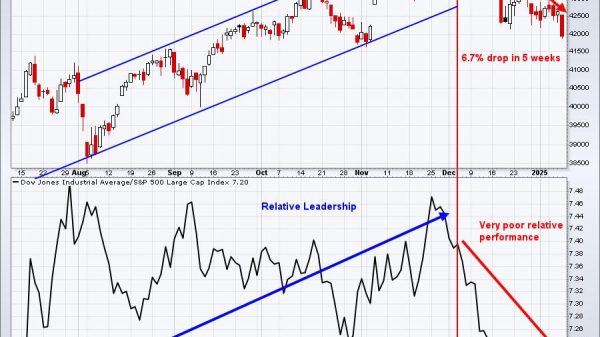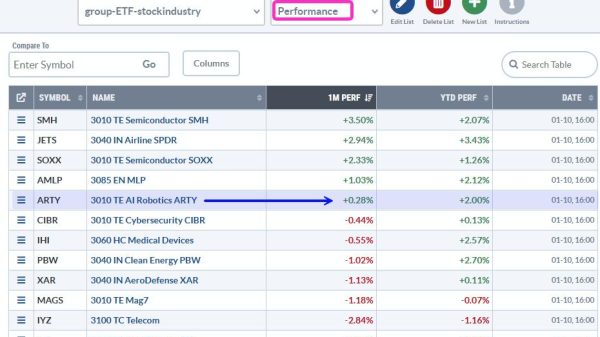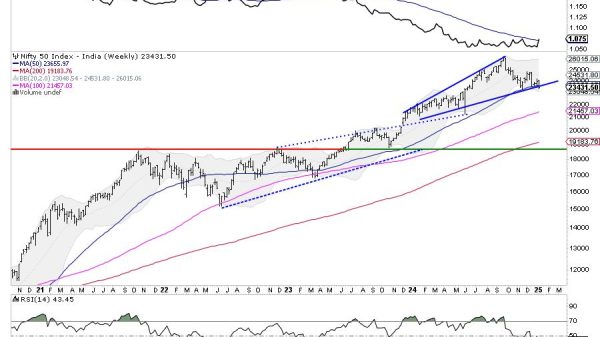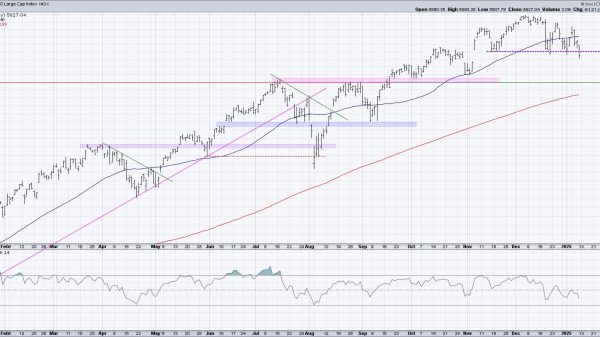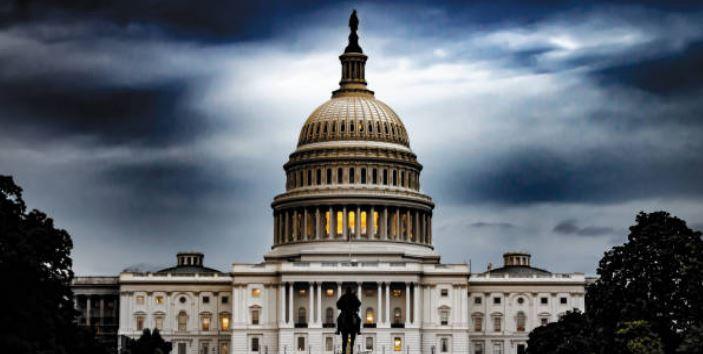[In this chapter from Man, Economy, and State, Murray Rothbard explains how government employees consume productive resources, while both taxes and government spending distort the economy.]
For years, writers on public finance have been searching for the “neutral tax,” i.e., for that system of taxes which would keep the free market intact. The object of this search is altogether chimerical. For example, economists have often sought uniformity of taxes, so that each person, or at least each person in the same income bracket, pays the same amount of tax. But this is inherently impossible, as we have already seen from Calhoun’s demonstration that the community is inevitably divided into taxpayers and tax-consumers, who, of course, cannot be said to pay taxes at all. To repeat the keen analysis of Calhoun (see note 6 above): “nor can it be otherwise; unless what is collected from each individual in the shape of taxes shall be returned to him in disbursements, which would make the process nugatory and absurd.” In short, government bureaucrats do not pay taxes; they consume the tax proceeds. If a private citizen earning $10,000 income pays $2,000 in taxes, the bureaucrat earning $10,000 does not really pay $2,000 in taxes also; that he supposedly does is simply a bookkeeping fiction.1 He is actually acquiring an income of $8,000 and paying no taxes at all.
Not only bureaucrats will be tax-consumers, but, to a lesser degree, other, private members of the population as well. For example, suppose that the government taxes $1,000 away from private people who would have spent the money on jewels, and uses it to purchase paper for government offices. This induces a shift in demand away from jewels and toward paper, a decline in the price of jewels, and a flow of resources from the jewelry industry; conversely, paper prices will tend to increase, and resources will flow into the paper industry. Incomes will decline in the jewelry industry and rise in paper.2 Hence, the paper industry will be, to some extent, beneficiaries of the government budget: of the tax-and-expenditure process of government. But not just the paper industry. For the new money received by the paper firms will be paid out to their suppliers and original factor-owners, and so on as the ripples impinge on other parts of the economy. On the other hand, the jewelry industry, stripped of revenue, reduces its demands for factors. Thus the burdens and benefits of the tax-and-expenditure process diffuse themselves throughout the economy, with the strongest impact at the points of first contact—jewelry and paper.3
Everyone in the society will be either a net taxpayer or a tax-consumer and this to different degrees, and it will be for the data of each specific case to determine where any particular person or industry stands in this distribution process. The only certainty is that the bureaucrat or politician in office receives 100 percent of his governmental income from tax proceeds and pays no genuine taxes in return.
The tax-and-expenditure process, therefore, will inevitably distort the allocation of productive factors, the types of goods produced, and the pattern of incomes, from what they would be on the free market. The larger the level of taxing and spending, i.e., the bigger the government budget, the greater the distortion will tend to be. And moreover, the larger the budget in relation to market activity, the greater the burden of government on the economy. A larger burden means that more and more resources of society are being coercively siphoned off from the producers into the pockets of government, those who sell to government, and the subsidized favorites of government. In short, the higher the relative level of government, the narrower the base of the producers, and the greater the “take” of those expropriating the producers. The higher the level of government, the less resources will be used to satisfy the desires of those consumers who have contributed to production, and the more resources will be used to satisfy the desires of nonproducing consumers.
There has been a great deal of controversy among economists on how to approach the analysis of taxation. Old-fashioned Marshallians insist on the “partial equilibrium” approach of looking only at a particular type of tax, in isolation, and then analyzing its effects; Walrasians, more fashionable today (and exemplified by the late Italian public finance expert, Antonio De Viti De Marco), insist that taxes cannot be considered at all in isolation, that they may be analyzed only in conjunction with what the government does with the proceeds. In all this, what would be the “Austrian” approach, had it been developed, is being neglected. This holds that both procedures are legitimate and necessary to analyze the taxing process fully. In short: the level of taxes-and-expenditures may be analyzed and its inevitable redistributive and distortive effects discussed; and, within this aggregate of taxes, individual types of taxes may then be analyzed in isolation. Neither the partial nor the general approaches should be overlooked.
There has also been a great amount of useless controversy about which activity of government imposes the burden on the private sector: taxation or government spending. It is actually futile to separate them, since they are both stages in the same process of burden and redistribution. Thus, suppose the government taxes the betel-nut industry one million dollars in order to buy paper for government bureaus. One million dollars’ worth of resources are shifted from betel nuts to paper. This is done in two stages, a sort of one-two punch at the free market: first, the betel-nut industry is made poorer by taking away its money; then, the government uses this money to take paper out of the market for its own use, thus extracting resources in the second stage. Both sides of the process are a burden. In a sense, the betel-nut industry is compelled to pay for the extraction of paper from society; at least, it bears the immediate brunt of payment. However, even without yet considering the “partial equilibrium” problem of how or whether such taxes are “shifted” by the betel-nut industry onto other shoulders, we should also note that it is not the only one to pay; the consumers of paper certainly pay by finding paper prices raised to them.
The process can be seen more clearly if we consider what happens when taxes and government expenditures are not equal, when they are not simply obverse sides of the same coin. When taxes are less than government expenditures (and omitting borrowing from the public for the time being), the government creates new money. It is obvious here that government expenditures are the main burden, since this higher amount of resources is being siphoned off. In fact, as we shall see later when considering the binary intervention of inflation, creating new money is, anyway, a form of taxation.
But what of that rare case when taxation is higher than government spending? Say that the surplus is either hoarded in the government’s gold supply or that the money is liquidated through deflation (see below). Thus, assume that $1,000,000 is taken from the betel-nut industry and only $600,000 is spent on paper. In this case, the larger burden is that of taxation, which pays not only for the extracted paper but also for the hoarded or destroyed money. While the government extracts only $600,000 worth of resources from the economy, the betel-nut industry loses $1,000,000 of potential resources, and this loss should not be forgotten in toting up the burdens imposed by the government’s budgetary process. In short, when government expenditures and receipts differ, the “fiscal burden” on society may be very approximately gauged by whichever is the greater total.
Since taxation cannot really be uniform, the government in its budgetary process of tax-and-spend inevitably takes coercively from Peter to give to Paul (“Paul,” of course, including itself). In addition to distorting the allocation of resources, therefore, the budgetary process redistributes incomes or, rather, distributes incomes. For the free market does not distribute incomes; income there arises naturally and smoothly out of the market processes of production and exchange. Thus, the very concept of “distribution” as something separate from production and exchange can arise only from the government’s binary intervention. It is often charged, for example, that the free market maximizes the utility of all, and the satisfactions of all consumers, only “given a certain existing distribution of income.” But this common fallacy is incorrect; there is no “assumed distribution” on the free market separate from the voluntary activities of every individual’s production and exchange. The only given on the free market is the property right of every man in his own person and in the resources which he finds, produces, or creates, or which he obtains in voluntary exchange for his products or as a gift from their producers.
The binary intervention of the government’s budget, on the other hand, impairs this property right of every one in his own product and creates the separate process and the “problem” of distribution. No longer do income and wealth flow purely from service rendered on the market; they now flow to special privilege created by the State and away from those specially burdened by the State.
There are many economists who regard the “free market” as only being free of triangular interference; such binary interference as taxation is not considered intervention in the purity of the “free market.” The economists of the Chicago School—headed by Frank H. Knight—have been particularly adept at splitting man’s economic activity and confining the “market” to a narrow compass. They can thus favor the “free market” (because they oppose such triangular interventions as price control), while advocating drastic binary interventions in taxes and subsidies to “redistribute” the income determined by that market. In short, the market is to be left “free” in one sphere, while being subject to perpetual harassment and reshuffling by outside coercion. This concept assumes that man is fragmented, that the “market man” is not concerned with what happens to himself as a “subject-to-government” man. This is surely an impermissible myth, which we might call the “tax illusion”—the idea that people do not consider what they earn after taxes, but only before taxes. In short, if A earns $9,000 a year on the market, B $5,000, and C $1,000, and the government decides to keep redistributing the incomes so that each earns $5,000, the individuals, apprised of this, are not going to keep foolishly assuming that they are still earning what they did before. They are going to take the taxes and subsidies into account.4
Thus, we see that the government budgetary process is a coercive shift of resources and incomes from producers on the market to nonproducers; it is also a coercive interference with the free choices of individuals by those constituting the government. Below, we shall analyze the nature and consequences of government spending in more detail. At this time, let us emphasize the important point that government cannot be in any way a fountain of resources; all that it spends, all that it distributes in largesse, it must first acquire in revenue, i.e., it must first extract from the “private sector.” The great bulk of the revenues of government, the very nub of its power and its essence, is taxation, to which we turn in the next section. Another method is inflation, the creation of new money, which we shall discuss further below. A third method is borrowing from the public, which will be discussed briefly in Appendix A below.5
1. It will be more convenient to use dollars rather than gold ounces in this section; but we still assume complete equivalence of dollars and gold weights. We do not consider monetary intervention until the end of this chapter.
2. This does not mean that resources will flow directly out of jewelry and into paper. It is more likely that resources will flow into and out of industries similar to each other, occupationally and geographically, and that resources will readjust, step by step, from one industry to the next.
3. In the long run of the ERE, of course, all firms in all industries earn a uniform interest return, and the bulk of the gains or losses are imputed back to the original specific factors.
4. For a further discussion of the economic effects of taxation, see the next section below.
5. A fourth method, revenue from sale of governmental goods or services, is a peculiar form of taxation; at the very least, to acquire the original assets for this “business,” taxation is needed.











